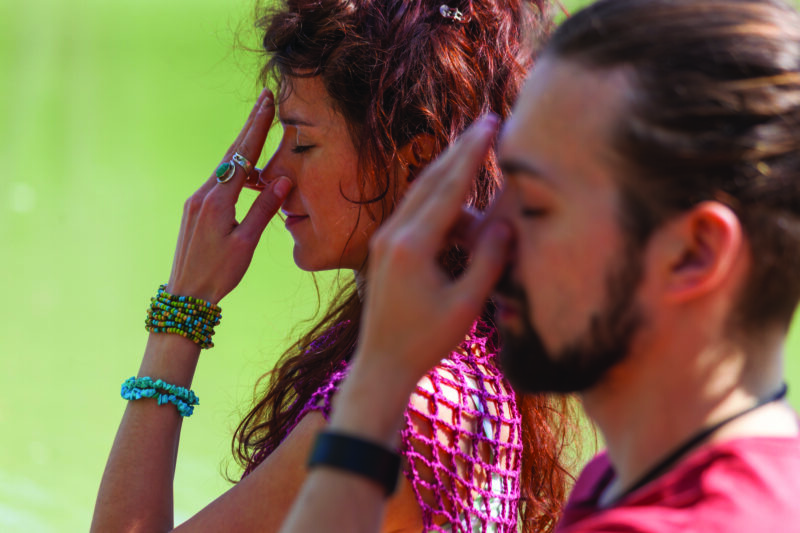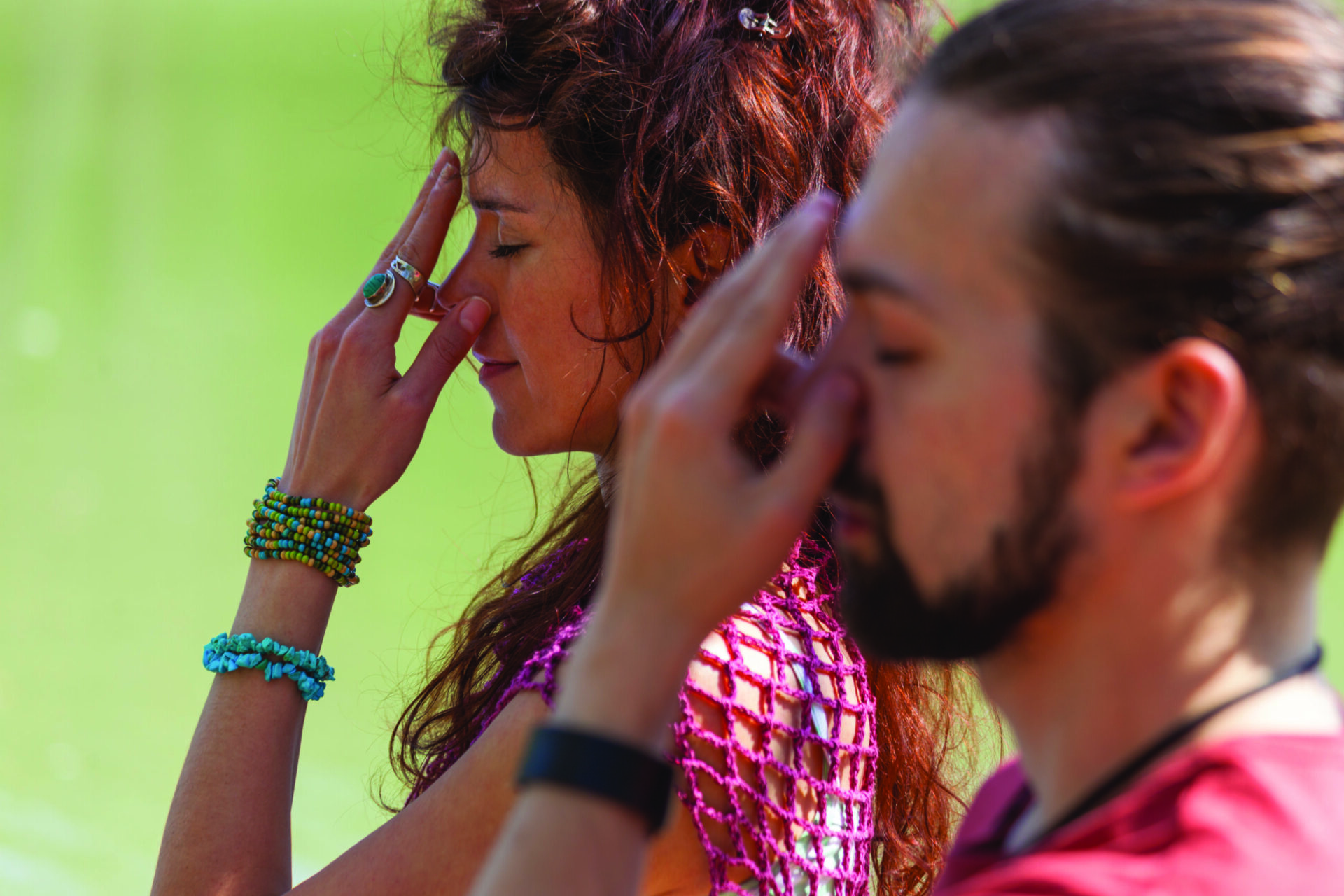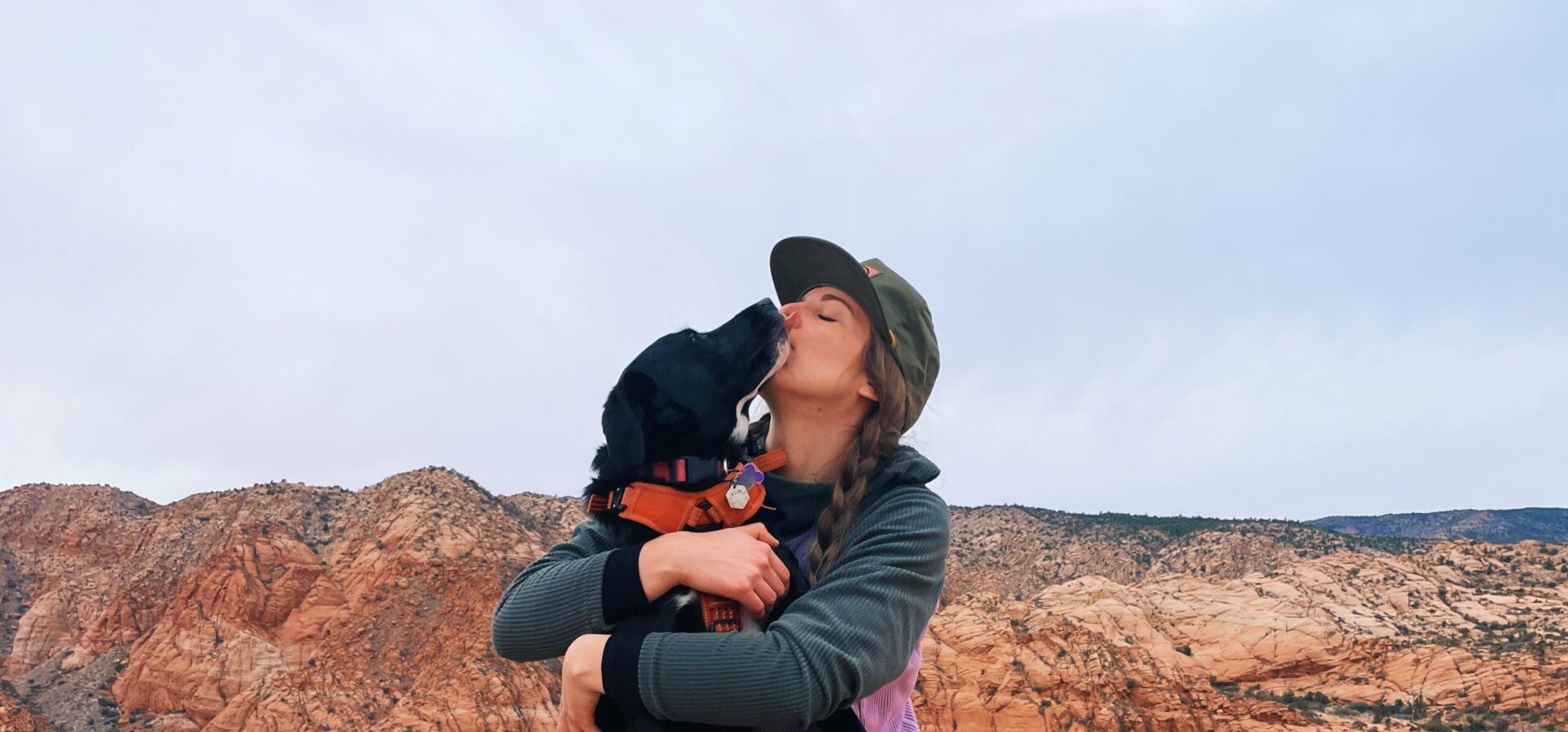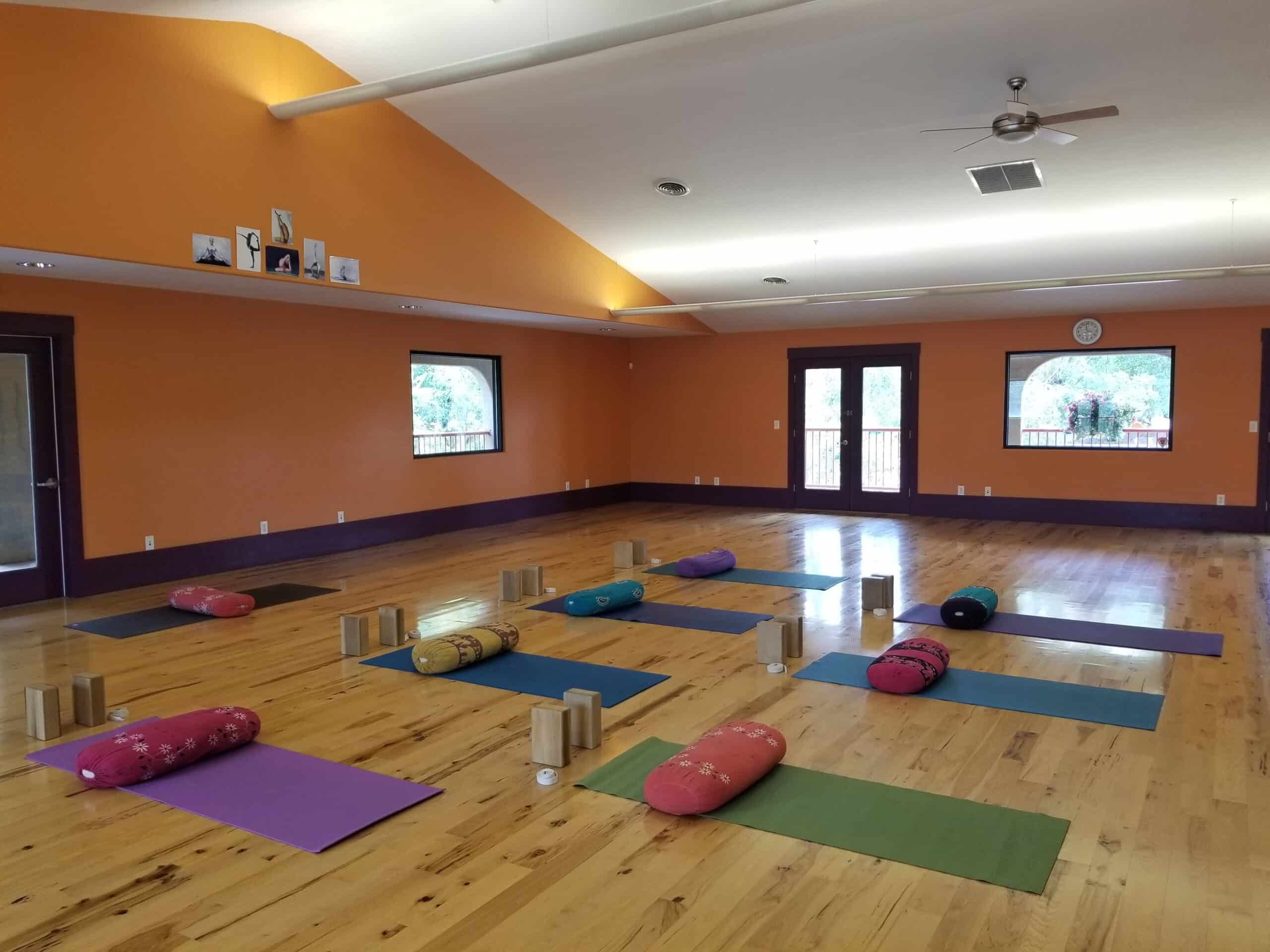Breathing for Bravery : Pranayama Practices to Promote Courage + Confidence | By Julia Clarke
If you’ve been following the Iceman Wim Hof on his escapades plunging into freezing lakes in recent years, you might think that cultivating courage involves taking some serious risks, but the secret to building confidence could be just a few breaths away. pranayama

When you go into a situation that challenges your confidence — it could be taking an icy dip, but it could equally be public speaking or a first date — the chances are that your breath will change in response. You might hold it in out of a sense of apprehension or breathe a rapid, shallow breath out of fear or uncertainty. Breathing in this way forces your nervous system to remain in a reactive state of fight or flight, which frankly, is a difficult place to mine confidence from.
For centuries, yoga practitioners have been using breathing practices, known as pranayama, to help regulate the nervous system, understanding that you can effectively override this cycle and establish a state of ease. Even if your mind is telling you that you’re not good enough or that you can’t do something, by modifying your breath with pranayama, you can essentially convince your nervous system that you’re calm and safe, which in turn slows your heart rate and allows your mind to think clearly. When you can think clearly, you’re more likely to see how capable you are and take decisive action in response. With a clear mind and a calm heart, you are better equipped to grab the reins and charge at whatever it is that’s standing before you in life.
Cultivating confidence can have a lasting effect on your quality of life, as well as the lives of those around you. If you’re looking for accessible tools to improve your self-esteem, the following are some simple pranayama techniques that you can easily incorporate into your daily routine that might deliver major dividends.
For all of these practices, make sure to take a few minutes to relax and breathe normally before you begin. At no point should you be straining.
Sama Vritti Pranayama
So-called “box breathing” has become popular in recent years and has been used in corporate settings and even by U.S. Navy SEALS. It’s essentially grounded in a yogic practice known as sama vritti, which is loosely translated as “equal breathing.” The Cleveland Clinic reports that this specific practice has shown to be effective for calming your mind and nervous system as a means to offset the effects of future stress. You can practice this technique sitting comfortably or lying down on your back in savasana.
- When you’re ready to begin, start with an exhale.
- Inhale for approximately four seconds.
- Hold your breath in for four seconds.
- Exhale for four seconds.
- Hold your breath out for four seconds.
- Continue breathing in this pattern for two to five minutes, then relax.
Surya Bhedana
Surya bhedana means “piercing the sun,” and this breath is one which is designed to activate surya nadi, the energy channel in yoga’s subtle anatomy that, when unobstructed, allows the properties of the sun to flow freely through you. Unlike the moon’s passive and cooling qualities, the sun in yoga is associated with taking action, energy and even a certain fierceness when correctly channeled. Despite its name and intention, this pranayama is delightfully simple and gentle. This technique is best practiced in a comfortable seat.
- Use your left thumb to seal your left nostril.
- Breathe gently in and out through your right nostril for two to five minutes.
- Optionally, visualize each inhale traveling down your spine to your right sitting bone, then returning through your right nostril.
- Release your hand and relax.
Bhastrika
Also known as “bellows breath,” bhastrika recruits your abdominal muscles to “fan” the flames of your fire center, also known as manipura chakra, which is responsible for your self-esteem and corresponds to your solar plexus. Bhastrika is a little more dynamic than the other pranayama practices here but should be approached in a gentle manner; you will still find it quite heating and energizing. This technique is best practiced from a seated position.
- Place one hand on your abdomen, and relax your abdominals.
- Take a deep inhale, and feel your belly expand into your hand.
- Now, contract your abdominal muscles a little more forcefully to send your exhale out through your nostrils, and slightly exaggerate the expansion of your abdomen as you inhale, so the result is like your abdominals slowly pumping and fanning your breath.
- Visualize a small flame above your navel becoming stronger and brighter with each breath.
- Take up to 10 breaths, then relax. You may repeat the practice two to three more times.
Photos from Adobe Stock.

JULIA CLARKE is the author of the book Restorative Yoga for Beginners. She loves to explore mountains on foot, bike, skis and belay and then recover on the yoga mat. Julia graduated with a degree in journalism in 2004 and spent eight years working as a radio presenter in Kansas City, Vermont, Boston and New York City before discovering the joys of the Rocky Mountains. She then detoured west to Colorado and enjoyed 11 years teaching yoga in Vail before returning to her hometown of Glasgow, Scotland in 2020 to focus on family and writing.
Originally published in Winter + Spring 2022-23 issue.
Destined to be your daily companion, this backpack to tote-bag is an ideal piece from morning to evening. [...]

Subscribe to Our Tribe
Stay up to date with Y+L News, Events and special announcements.










